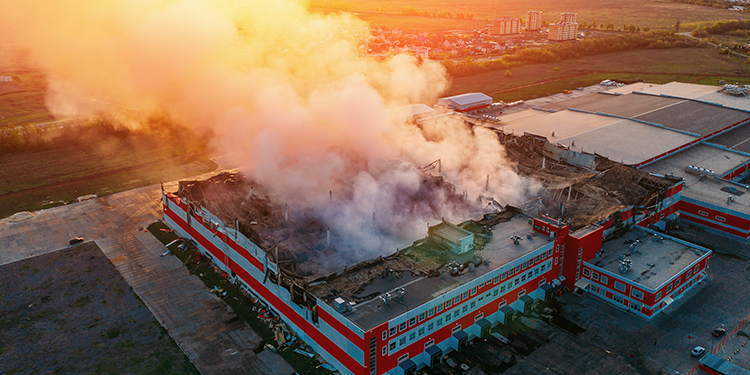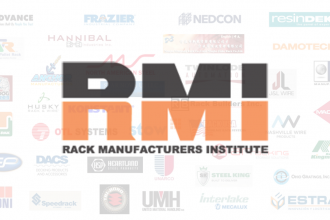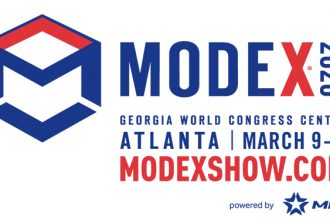The Basics Of Fire Suppression And Rack Design

According to statistics from the National Fire Protection Association (NFPA), U.S. fire departments respond to an estimated average of 1,210 fires in warehouses every year. These fires result in an annual average of $155 million in direct property damage, and the death or injury of 22 individuals. Further, upon investigation, the leading causes of warehouse fires are most often found to be either arson or electrical.
Many municipalities require warehouses to be equipped with wet pipe sprinkler systems. When these systems are properly installed — and supported by correctly designed rack that permits heat to rise and water to flow through the storage system in the most optimal manner — they’ve proven to be one of the most effective ways to reduce potential damage and deaths.
Recognizing this, RMI is an active participant in the NFPA committee that creates and revises national standards specific to the safe design of sprinkler systems, helping to support the development of better fire prevention measures in and around storage racking. Further, to ensure that a facility’s sprinkler system and racking are properly designed and will work together effectively, it is critical to work with a qualified, fire protection professional familiar with the pertinent warehouse fire sprinkler design and building codes, including:
- NFPA 13, a design standard for the installation of sprinkler systems
- The International Code Council (ICC) International Fire Code (IFC), regulations to safeguard life and property from fires and explosion hazards
- FM Global Property Loss Prevention Data Sheets, providing engineering standards to reduce the potential for fires
Based on the building and its location, the professional rack designer or engineer will ascertain which rules need to be followed when developing a facility’s fire suppression system. Key factors include:
- The type of items being stored: Class 1 (non-combustible on pallets, single-layered carton); Class 2 (non-combustible in wooden crates, multiple layered cartons); Class 3 (wood, paper, or natural fiber products; Group C plastics); Class 4 (Group B plastics or partial Group A plastics, including cellulosics, chlorophrene rubber, fluroplastics, natural rubber, nylon, silicone rubber); and mixed commodities. Special cases include tires, paper file storage, and movable office shelving.
- How the product is stored: Solid or open shelving, wooden or plastic pallets, reinforced or unreinforced plastic pallets.
- How high the product is stored: Less than 12 feet off the ground; 25 feet off the ground or lower; higher than 25 feet off the ground.
Because adding a fire suppression system impacts rack structure design and geometry, it is important to engage an engineer who is also familiar with the products that are available. Depending on the jurisdiction, some racking accessories may be necessary to create smoke and heat barriers, or for keeping required flue spaces open.
Want to learn more about fire suppression systems and their impact on rack? Watch the RMI presentation, “Warehouse Fire Sprinkler Codes and Impact on Storage Racks.”


